Search Results for Tag: species
5 really clever defense strategies of animals
Without the massive budgets that humans lavish on their territorial defense, animals have to turn to creativity to protect themselves from enemies – or attack them.
Researchers recently discovered, why the tawny crazy ant was so successful in invading the fire ants territory (which the latter may have stolen from the former, previously): when a fight with a fire ant is looming, tawny crazy ants secrete an acid they cover their body with (they rub their body with their legs to spread the chemical). This chemical protects them from the toxic attack of fire ants.
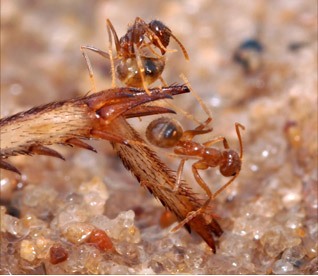
Tawny crazy ant standing on cricket leg, expressing detoxification behavior. (Photograph by Lawrence Gilbert)
To defend their colony, termites were found to sacrifice themselves for their colleagues’ sake. Being threatened, they grow a sack with toxic liquids on their back, which then explodes spreading the toxins all over nearby enemies – as well over the termite itself.
Most people don’t like anything that is about inner body parts. For the sea cucumber‘s enemies, this might certainly be an issue: If feeling threatened, sea cucumbers expel their internal organs rapidly – which are sticky and partly toxic. The creatures may not be missing their body parts for long: they can regenerate the organs.
When the bones in your legs break you’d immediately get to a doctor to get them to put a cast on. You’d never think of breaking your arms or legs on purpose. But for the Hairy frog breaking its toes is an effective way of defending itself. Facing an attacker it breaks its own toes, pushes the splinters through the skin, which then act as tiny sharp claws.
If you don’t possess any of the above skills, there’s only one thing left, that might help: pretending you’re dead. That’s what Fainting Goats do. When frightened, their muscles seize up for about 15 seconds – and they just fall over.
Top5: You better steer clear of these venomous (or poisonous?) animals
When we start talking about animals that can easily kill or at least terribly hurt humans, we have to start with a clarification: There’s a difference between venomous and poisonous creatures. The difference lies in the delivery of the toxic material that harms a human being. Let’s say, a king cobra bites you, it delivers the poison by performing an action. That’s called venomous. If you, on the other hand, happen to eat incompetently prepared toxic puffer fish (or Fugu), it’s called poisonous. The fish does not take action but scores a strike anyway. Fugu is considered to be a delicacy in Japan, by the way. When its organs, which are covered by neurotoxins are hurt, the meal could easily become the last one for the brave eater.
So how do we compile this list of the Top5 of venomous (or poisonous) animals? We take the deadliness of the candidates into account. And here are the winners of the competition, remarkably enough most of them live in the oceans:
But let’s stay out of the water first. The poison dart frogs are a group of frogs (Dendrobatidae) in various colors from blue to red or black. The most deadly species is called the golden dart frog. It caries enough venom to kill 10 grown men. The frogs were given the name by the indigenous people of Colombia who used the strong toxic to tip their blowgun darts for hunting.
You have to look twice to not step upon the second member of our list. The stonefish got its name from its ability to camouflage itself by donning stone like colors. But what is so dangerous about this fish? Along the stonefish’s back a row of 13 venomous spikes is protruding from its spine. It does not really attack its victims, but squeezed or pressured the spines release their venom. The result is terrible pain, muscle weakness, shock and – if untreated – death.
The next sea creature in our list you better not pick up as well. The marbled cone snail has a sting to protect itself from enemies. But also to attack , if a careless collector comes up with the slightly stupid idea to grab the marble housing. As there is no antidote available, touching the snail most commonly is followed up by an initial sharp pain, paralysis and may result in death within 2 to 6 hours.
Number four: The Blue-ringed octopus is as deadly as any other of the competitors in the list. And it is malicious because it bites and the bite is said to be painless. If bitten the clinical effects depend on how much of the venom was transferred into the wound. Usually the symptoms set in fast. Within minutes, the victims feel numbness, muscular weakness and difficulty breathing and swallowing. Death is possible. Experiments with the venom concluded that a single adult octopus is able to fatally paralyze 10 adult humans.
We started the list with a blue species and we are going to finish it the same way. The box jellyfish (or sea wasp) got it’s name from the shape of their bell. The jellyfish’s toxic is delivered through it’s up to 3 m (10ft) long tentacles to attack the victim’s heart, nervous system, and skin cells. Because of its painfulness, human victims may go into shock or die by heart failure. It’s possible to survive attacks, but survivors experience long-lasting pain and often have scars where the tentacles made contact.
Stay save out there.
Are drones the next weapon against poaching?
In 2013 South Africa lost more than 1000 rhinos to illegal hunting. In other countries such as Vietnam, rhinos are already extinct. Now, a US company hopes to launch unmanned drones equipped with cameras to frighten off poachers.
Airware is a company that develops a new autopilot system for commercial drones. Those drones can be used for many different purposes, the company says. Such as inspections, search and rescue operations – or to watch out for poachers across large areas of African safari parks.
The company has conducted a field test in Kenya with drones designed to protect rhinos. First results suggest they may be a promising tool for wildlife conservation.
But why in Kenia? The country lost 50 rhinos in 2013. The team went to Ol Pejeta which is East Africa’s largest black rhino sanctuary. Set up to act as a deterrent and for surveillance the drone was sending real-time video and thermal imaging feeds to the rangers on the ground. The drone navigates autonomously, along a prescribed flight route and requires just one person to operate, who can also instruct the aircraft what to look out for with the on-board camera.
The test prototype “surpassed all our expectations,” the team said afterwards. Just maybe tech innovations like these could help to preserve threatened species.
And it is an effort, that is obviously more realistic than a concept by artist Robert Chew. He thought about robots that take the forms of (poached) animals to blend in with the wildlife and help capture poachers.
9 animals that don’t need to go to the gym for training anymore
Jogging, gymnastics, pumping iron – humans make a great fuss about training their muscles in order to get stronger. But we will hardly ever be able to take it up with the following animals, which are considered to be the strongest on the planet – measured by how much they can lift in relation to their body weight.
Grizzly bears can take up to 0.8 times of their body weight.
Anaconda snakes can beat down one time their body weight.
Oxes are able to move objects 1.5 times their body weight.
African Elephants are also able to take 1.5 times their body weight – as they are very heavy themselves (about 6,000 kilogram), they are – in absolute terms – the strongest mammals.
Tigers manage to carry twice their body weight – even up a tree trunk.
Eagles can fly around with additional 4 times their body weight.
Gorillas manage to lift things 10 times as much as their body weight.
Leafcutter ants carry 50 times their body weight – with their “teeth”!
Dung beetles are the strongest animals: They can move objects that are more than a 1,000 times heavier than themselves.
Wondering now, how humans will get on? The average man will struggle to lift 0.65 times his body weight over his head. But in fact, the strongest man did so with about 4 times of his weight.
The Global Ideas “Top 5” of living fossils
1. The Horseshoe Crab
They are named after their look. The Horseshoe crab is a marine arthropod that lives in shallow ocean waters, gliding through the sandy surface. They also can be found on the shore. And Horseshoe crabs are considered to be living fossils. The oldest proven members of these crabs family were dated back to the late Ordovician period, about 450 million years ago.
2. The Ginkgo
Not only species of the sea can be living fossils. The Ginkgo tree is unique. It has no known close living relatives. The tree has it‘s origin in China and is widely used for traditional medicine and as a source of food. The first fossils have been dated back 270 million years.
3. The Purble Frog
The ancestors of the living fossil bounced around the dinosaurs legs. When it was discovered back in 2003, the researchers described the Purple frog as a “bloated doughnut with stubby legs and a pointy snout.” That‘s not exactly nice but the truth. To make things even more odd, it‘s cry reminds very much the one of a chicken. The frogs evolved about 130 million years ago.
4. The Hoatzin
Let‘s have a look at birds. This one is also a living fossil, linked closely to a fossil found in 2011 in Nambia that was dated 23 million years ago. Today‘s Hoatzin live at swamps or seas and deep in the Amazon rainforest. Although the bird is able to fly, it‘s a far more better swimmer and diver. Scientists a long time thought that they had found a close relative to the Archaeopteryx, because the hoatzin‘s young birds develop claws to climb up trees, a tool that also the Archaeopteryx used.
5. The Aardvark
Finally we take a look at the aardvark. It is a pig-sized nocturnal mammal from Africa. The name aardvark has it‘s origin in the Afrikaans language (erdvark) which can be translated as “earth pig”. But it‘s also known the “African antbear”. One of it‘s closest living relatives is the elephant shrew, another funny looking living fossil. The earliest proven relative of the aardvark have been dated to 5 million years.



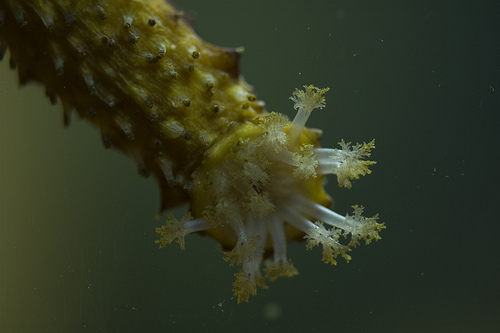


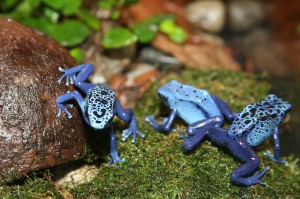
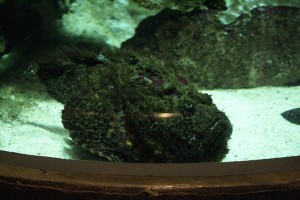

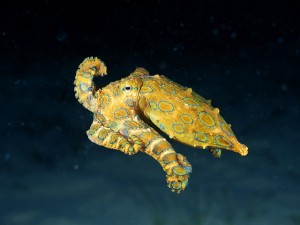
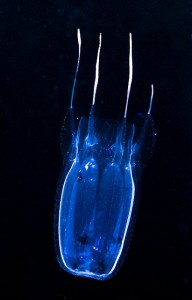

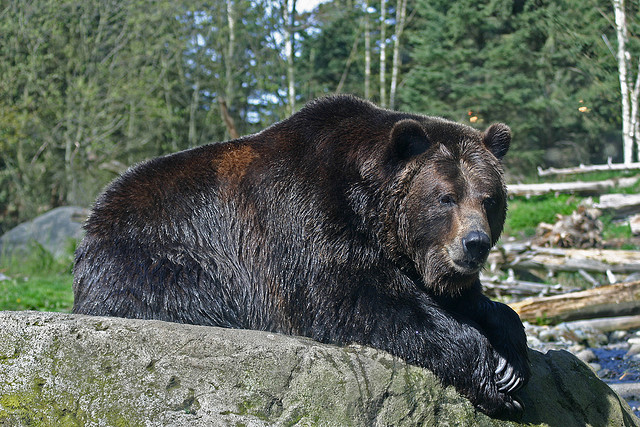
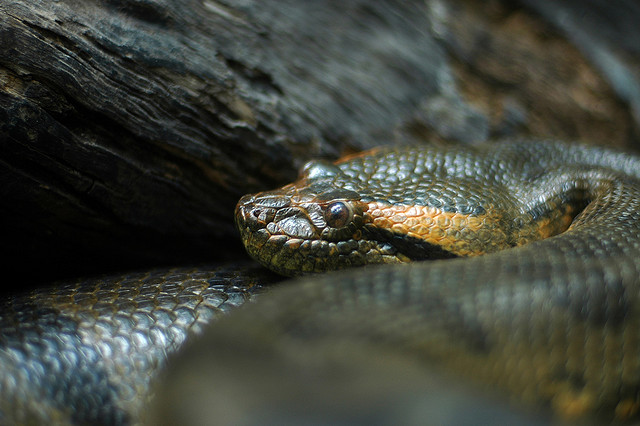

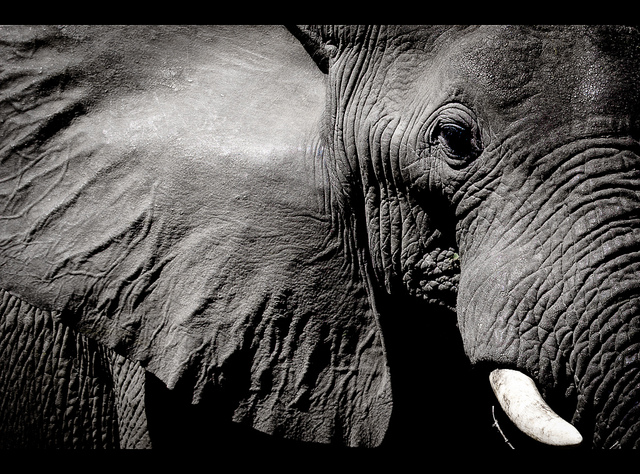

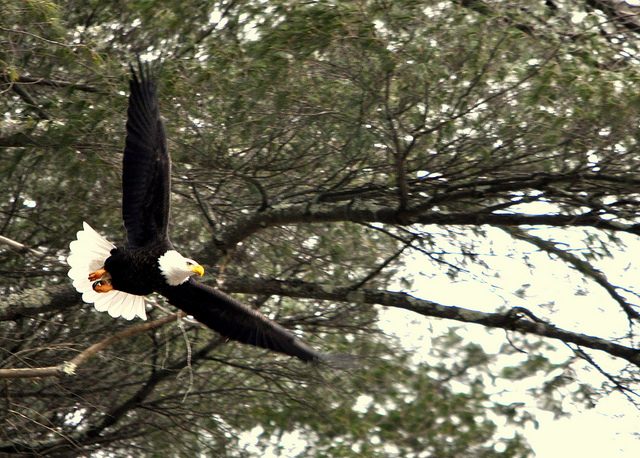
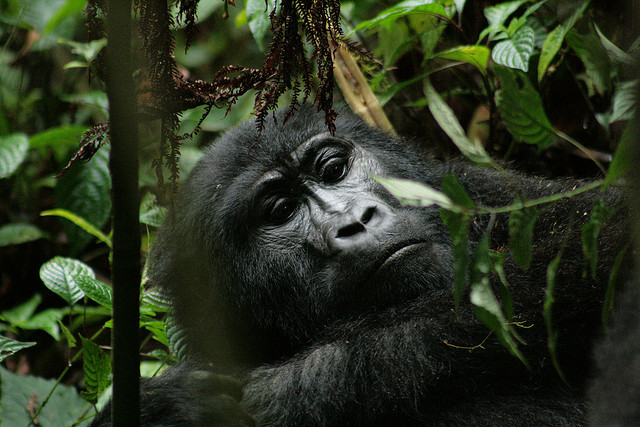
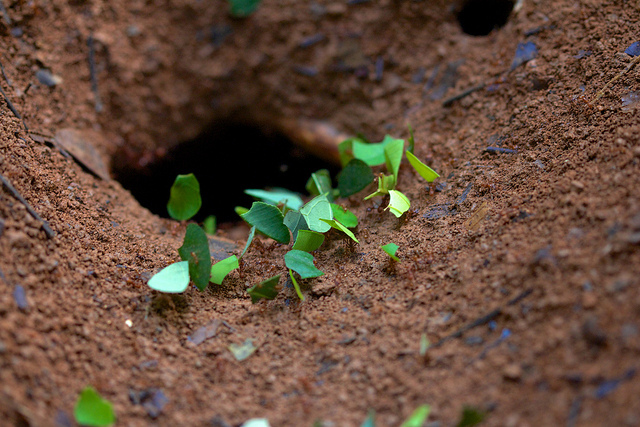

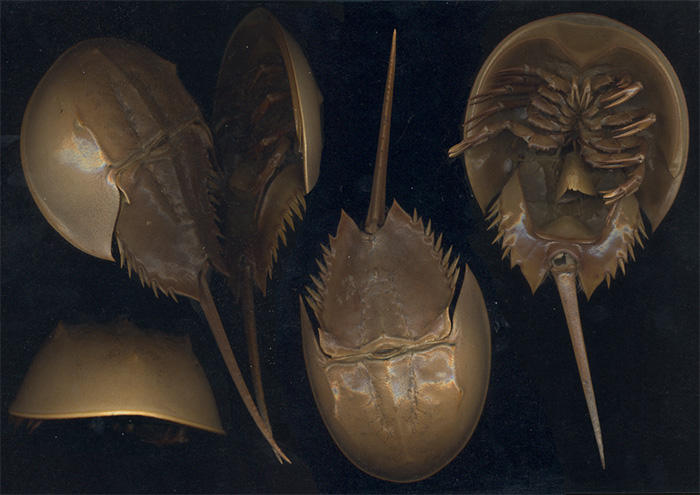
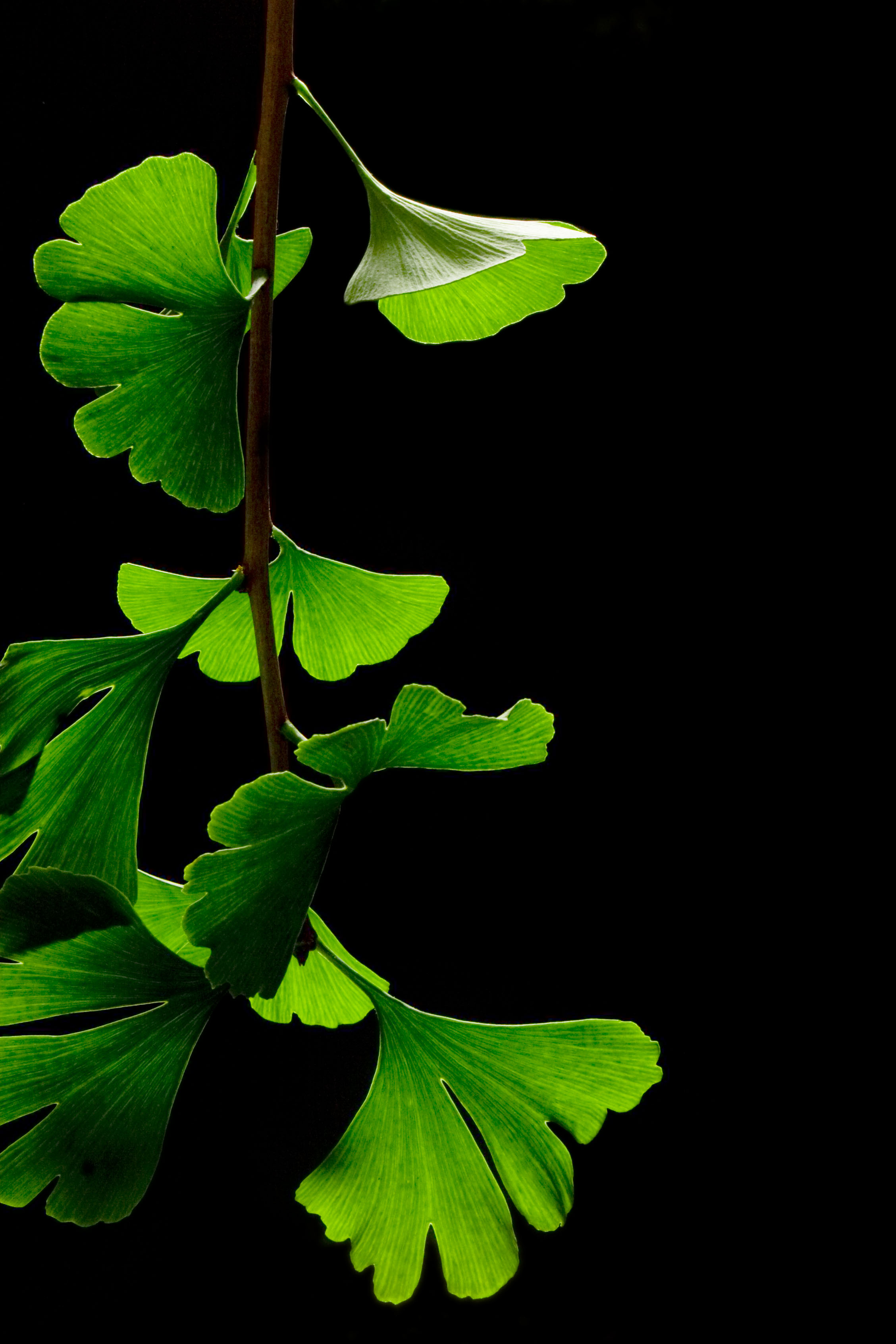


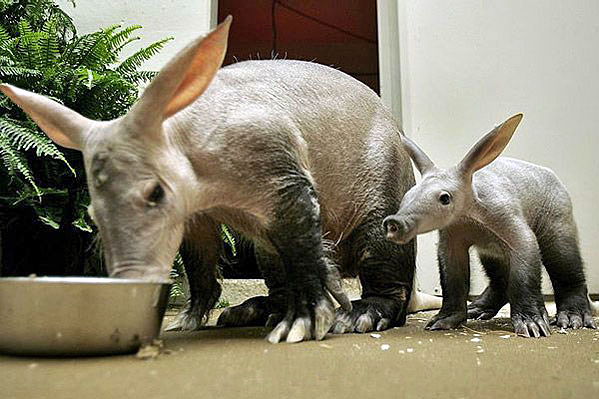




Feedback